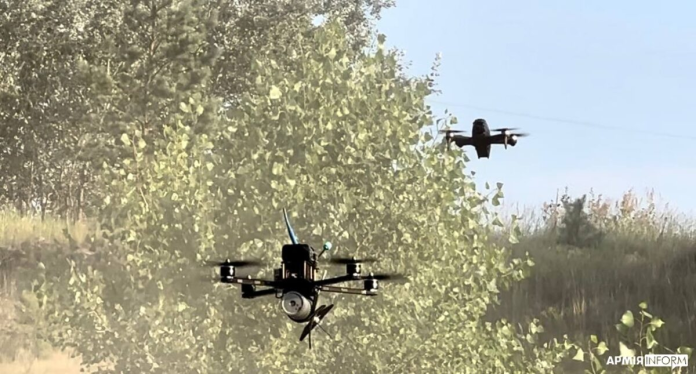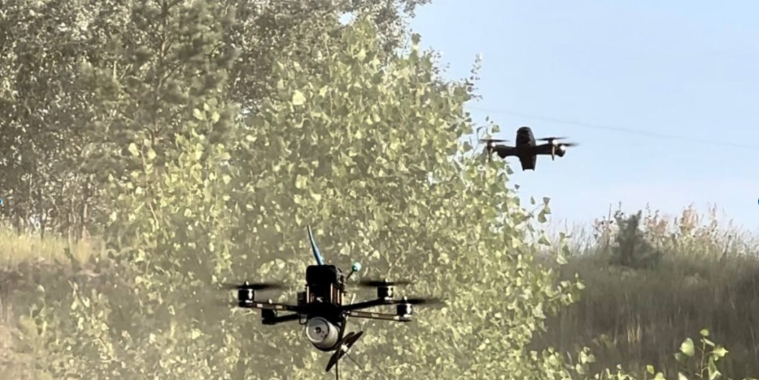
Can a $500 drone kill a multi-million-dollar tank? The answer on Ukraine’s southern flank came in the form of three incapacitated Russian armored vehicles, all brought down by first-person-view (FPV) drones in one mission. The attack, conducted by the Asgard detachment of the 412th ‘Nemesis’ Regiment, highlighted how small, nimble systems are redefining the terms of armored warfare.
This was not a singular event but rather a part of a larger shift in warfare tactics. From mobile ad-hoc munitions to artificial intelligence-driven targeting, Ukraine’s drone conflict has grown into a high-tech system of innovation, adaption, and counteradaptation. Based on reports from the front lines and expert insights, here are eight key takeaways from this recent victory and the larger drone war it symbolizes.
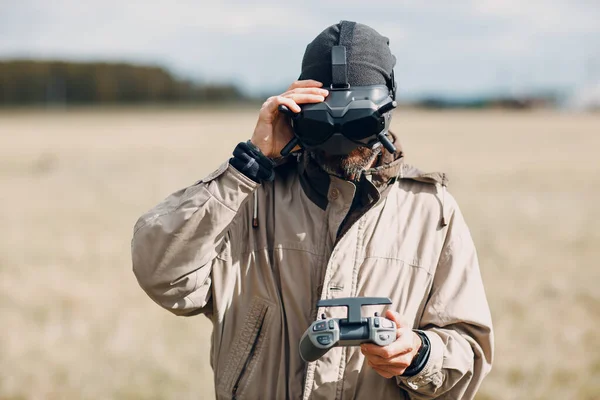
1. The Asgard Unit’s Precision Ambush
Fighting on the south front, the Asgard drone unit detected a Russian column a tank, an armored combat vehicle, and an MT-LB traversing open ground. Taking advantage of the surprise factor, they flew FPV drones directly at the targets. Defense Express reports that onboard video indicated the drones approaching with meter-level accuracy, freezing the enemy advance.
Although the video did not record disastrous explosions, experts point out that even immobilizing a vehicle can be determining. The raid showed how FPVs provide small infantry units with capability previously reserved for artillery or air raids, basically acting like “pocket artillery.”
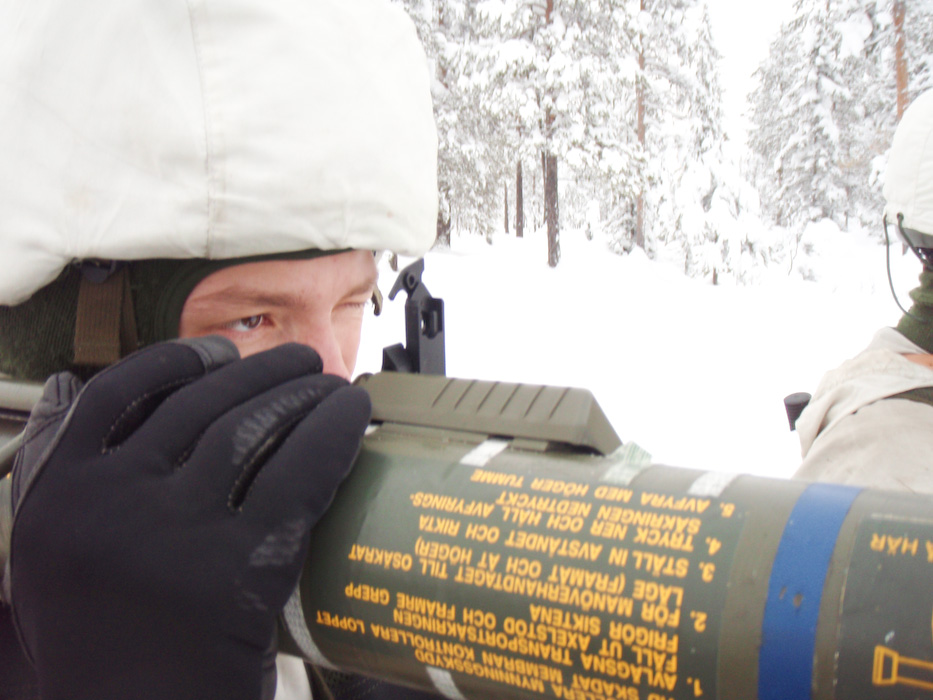
2. Adapting High-End Hardware for Drones
Ukraine’s drone factories have been turning high-tech anti-armor systems such as the Swedish AT4 into FPV warheads. The AT4’s 17-inch penetration of armor is lost to line-of-sight, short-range use. On a drone, it is a precision-guided munition that can attack weak points from miles away, CNN described, as explained by OSINT analyst Roy.
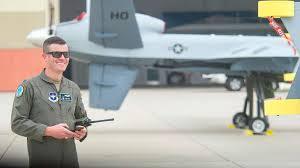
Kraken Kinetics’ Brian Davis added that this change is an acknowledgment of realities on the battlefield: “They are rightfully repurposing those advanced shaped charges for FPV delivery where they will be much more effective.” This re-purposing goes out farther, enhances survivability for crews, and optimizes the return on available high-quality ammunition.
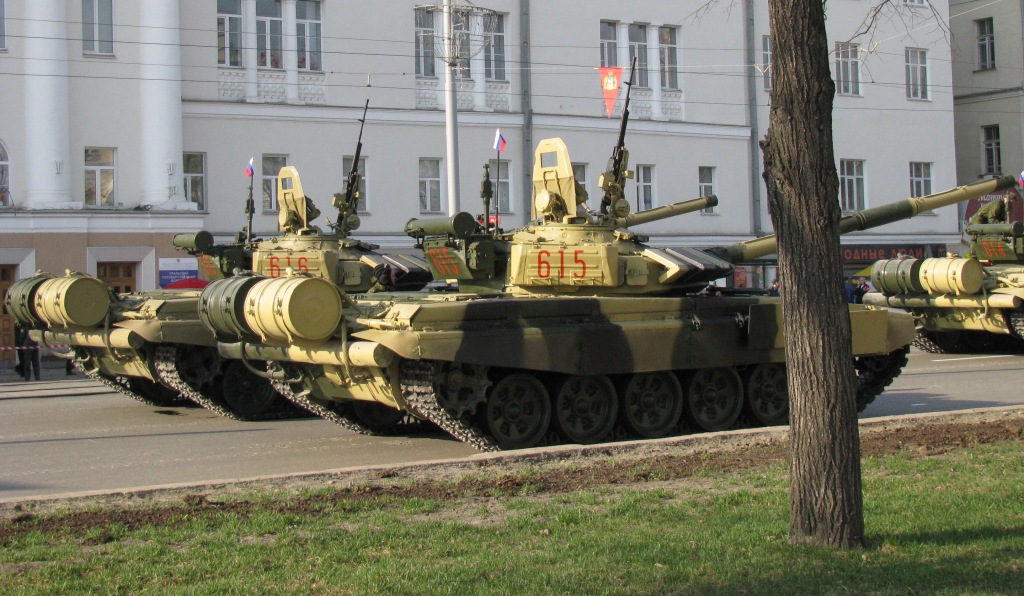
3. Targeting the Achilles’ Heel of Russian Tanks
The current FPV strategy has targeted the rear of Russian T-72 and T-90 tanks, where ammunition is kept exposed. When attacked there, it can cause horrific ‘turret toss’ explosions. During one December operation by the Adam Tactical Group, all the vehicles in a six-vehicle attack were struck in this very location.
This accuracy is the result of operator expertise and learning on the battlefield. As a Ukrainian told CNN, the skill to move around a target tank and strike its vulnerable spot has made light warheads into tank-killers.
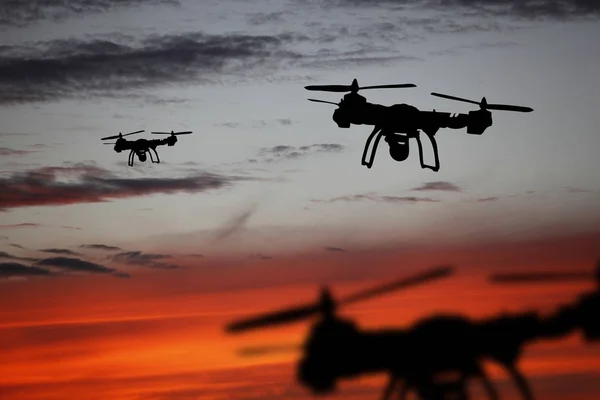
4. Psychological Warfare from Above
The perpetual menace of drones has also changed Russian soldier behavior. Defense Express noted that the fear of FPVs makes units alter movement patterns, make use of smoke screens, and spend lots of money on counter-drone technologies. Harvard’s Dr. Ronald Hirschberg, following his tour of Ukrainian hospitals, documented that the screeching sound produced by rotors creates “profound and, at times, almost disabling dread” among soldiers.
As over 60% of injuries in certain industries are being caused by drones, the psychological impact is equalling the physical loss in strategic importance.
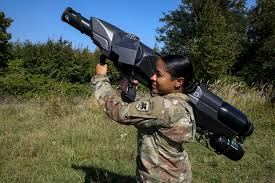
5. Counter-Drone Rifle Rounds at the Front
In order to blunt Russia’s drone superiority, Ukraine has introduced new 5.56 mm anti-drone rounds that disintegrate into several pellets, making a shotgun-like pattern effective out to 50 meters. As Militarnyi described, every soldier will soon be able to carry a magazine of them, firing quickly without needing to change weapons.
This kinetic tactic pairs with electronic warfare, providing a jamming-immune defense flexible enough to accommodate the rapid, low-altitude flight profiles of FPVs.
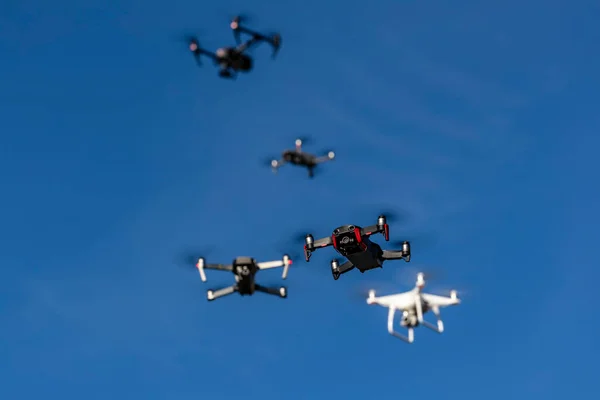
6. The Countermeasure Arms Race
There is a fast cycle of drone innovation and counter-innovation between both sides. Directed energy guns like the UK’s DragonFire laser offer cheap-per-shot destruction of swarms. High-power microwave systems like the U.S. Mjolnir seek to incapacitate groups of drones by burning out their electronics.
These systems solve the ‘exchange ratio’ challenge killing a $500 drone with a $1 million missile is not viable. When swarms and AI-enabled drones expand, scalable countermeasures will be required.
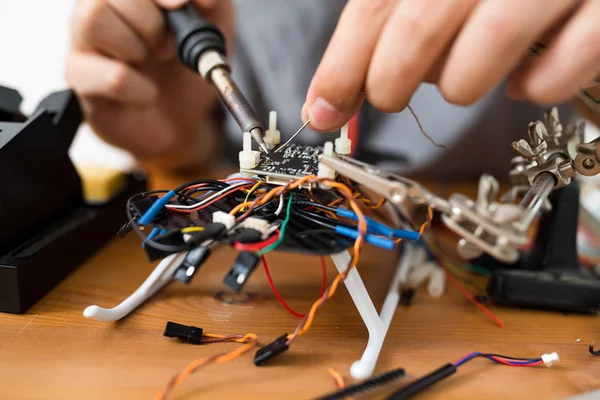
7. The Limits of FPV Effectiveness
Not every FPV mission is successful. Ex-Slovak officer Jakub Jajcay, who was assigned to a Ukrainian FPV squadron, noted a 20–30% aggregate mission success rate when weather, technical malfunction, and jamming were factored in. Most sorties were unnecessary ‘double-tap’ attacks on previously damaged targets.
Technical vulnerability, training deficiencies of operators, and electronic interference continue to be major challenges. Although fiber-optic control links have the advantage of avoiding jamming, they decrease maneuverability and add expense, discouraging extensive use.
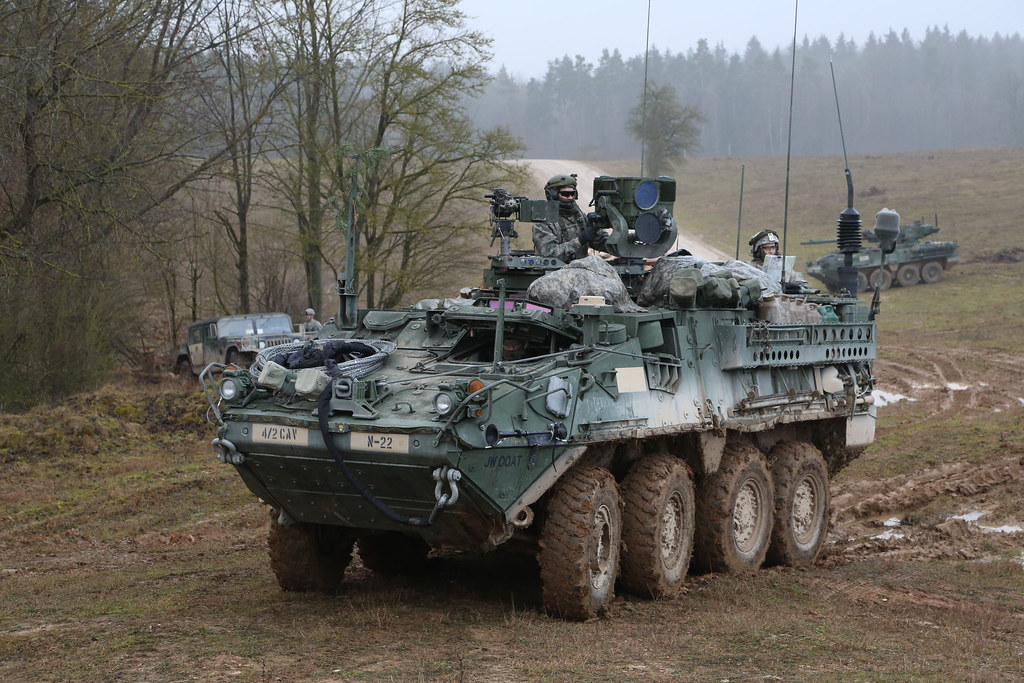
8. From Tactical Successes to Strategic Takeaways
The Nemesis Regiment’s attack is a small part of a bigger trend: drones are not longer secondary to traditional combined arms but at the center of modern combined arms. As Maj. Gen. Volodymyr Horbatiuk explained to NATO officials, about 80% of Ukraine’s successful target strikes now originate from drones.
For friends and foes alike, Ukraine’s battlefield has become a live test bed for drone warfare informing doctrine, procurement, and manned/unmanned balance in future conflicts.
Ukraine’s most recent FPV win was more than a tactical victory; it was a microcosm of the changing drone battlefield. From ad-hoc munitions to targeted disabling of design vulnerability, and from psychological effect to the competition for countermeasures, the conflict is reshaping the way that militaries conceptualize airpower at the smallest scale. For defense planners, the takeaway is unambiguous: in future wars, control could depend less on who has the most tanks or aircraft, and more on who learns fastest in the world of drones.
